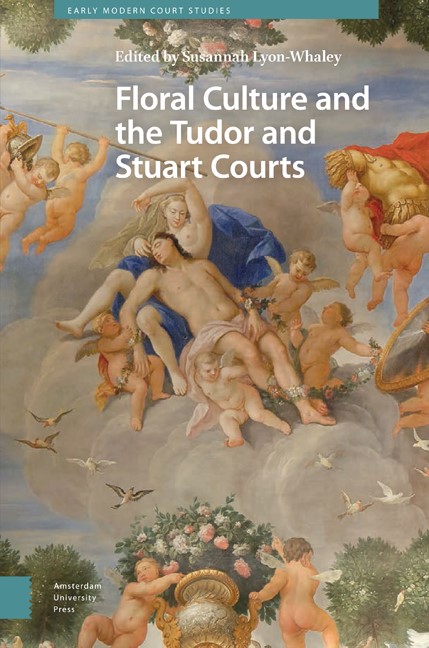5 - Blooming Fertility : Henrietta Maria and the Power of Plants as Iconography and Physic
Published online by Cambridge University Press: 16 April 2024
Summary
Abstract
For Queen Henrietta Maria, in iconography and physic, plants were the life force of maternity, the root of beauty, the source of cleanliness, and the symbolic embodiment of state and marriage. While this is not unique, the role of plants in her iconography, personal care, and domestic recipes demonstrate how they materialised her health and promoted her fecundity as a bride, wife, and widow. Drawing on artworks commemorating the queen, Theodore de Mayerne's medical case notes on the queen, and The Queens Closet Opened, this chapter argues that plants, in life and in art, presented and maintained Henrietta Maria's blooming fertility. Botanic material traversed political agendas, dynastic imperatives, social values, medical theories, textual traditions, and cultural conventions.
Keywords: pregnancy; stillbirth; materia medica; Stuart; Theodore de Mayerne; plants
Anthony van Dyck's (1599–1641) double portrait of Charles I (1600–1649) and Henrietta Maria (1609–1669), painted in 1632 (figure 5.1), represents the royal couple as fruitful. The king inclines his body to his consort: his left hand, wrapped around the pommel of his sword, points to the queen's womb, while his opened right hand delicately gestures to the same site. Enveloped in an elegant pas de deux that suggests an incoming embrace, the queen's gestures are equally symbolic. With her right hand, she extends a laurel crown toward the king, while her left hand cradles her womb with an olive branch. Between them is a verdant landscape. This is more than a commemoration of the couple's wedding, since they had been married for seven years. This is the union of a marriage blessed with children, even if the children are not depicted. By the spring of 1632, when Van Dyck arrived in London and painted this portrait, the landscape was indeed blooming with fertility for the Stuarts. Henrietta Maria had given birth to two healthy children: Charles, the Prince of Wales in May 1630 and Mary, the Princess Royal in November 1631.
But succession was never guaranteed, and the vagaries of reproductive fate cast a long shadow on the Stuarts.
- Type
- Chapter
- Information
- Floral Culture and the Tudor and Stuart Courts , pp. 153 - 176Publisher: Amsterdam University PressPrint publication year: 2024



